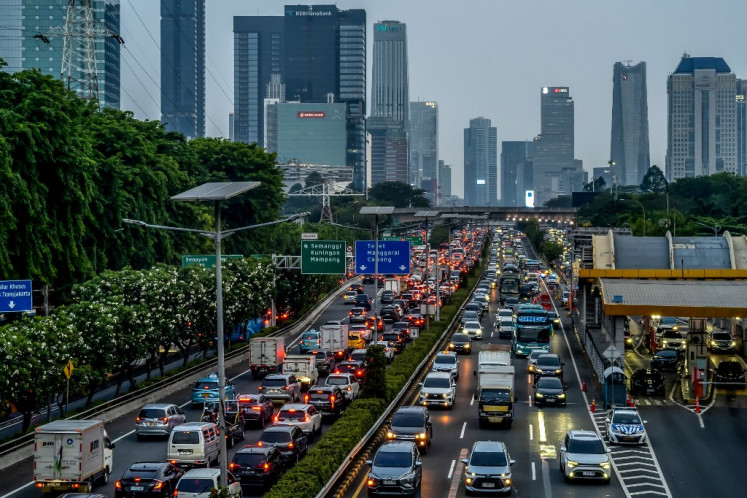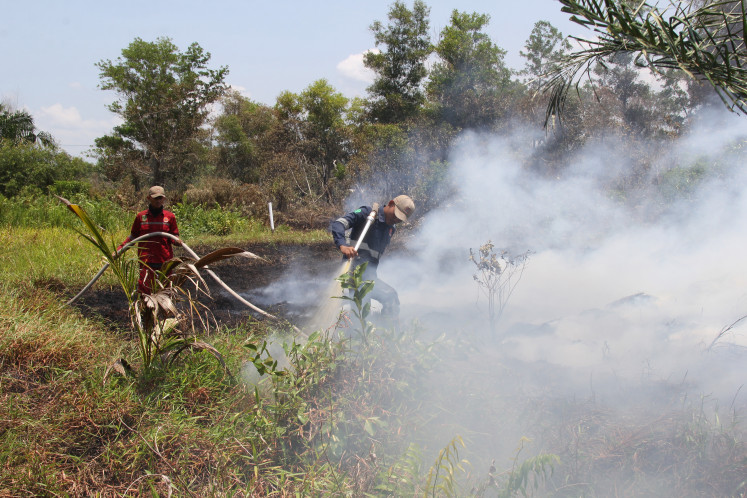Popular Reads
Top Results
Can't find what you're looking for?
View all search resultsPopular Reads
Top Results
Can't find what you're looking for?
View all search resultsNusakambangan nature reserve in dire state of degradation
The nature reserve on Nusakambangan Island, Central Java, has been in a chronic state of environmental degradation for the past 30 years
Change text size
Gift Premium Articles
to Anyone
The nature reserve on Nusakambangan Island, Central Java, has been in a chronic state of environmental degradation for the past 30 years.
Nusakambangan, a small prison island inhabited by around 700 maximum-security prisoners off the coast of Cilacap, has been negatively affected by widespread illegal logging and irresponsible industrial activity.
"We are at a loss as to how to overcome it (environment damage) because it's like a vicious circle. The damage has long prevailed and conservation efforts are not in line with the destruction," police ranger chief of the Cilacap Natural Resources Conservation Center (BKSDA) Dedy Supriyanto told The Jakarta Post on Friday.
He said Nusakambangan was covered by around 16,000 hectares of forest, 30 percent of which had been lost to illegal logging. Most rare tree species, such as the plalar and other low-plain tropical trees, have disappeared from the forest.
Half of the approximately 930 hectares reserve is in a damaged state, Dedy said, and if the problem was not addressed in the next 10 years the whole island would be barren of vegetation.
Dedy said that since 1999 Nusakambangan had become the second worst affected area in Cilacap after Mt Selok, where natural tourism sites have been shut down and every large tree logged.
"The difference on Nusakambangan is that environmental damage is caused not only by illegal logging but also by limestone quarrying carried out by a cement producer," Dedy said.
He said the company had been mining limestone, or clinker (cement ingredient), in the forest area on Nusakambangan by blasting. While some is used for domestic production, most is exported overseas.
"Based on our observations, the cement producer has blasted an area of more than 100 hectares, and has not reforested even 15 percent of the area. We can't do anything because Holcim (cement company) holds a concession from the Central Java governor which is valid for the next 30 years," Dedy said.
He said while both limestone quarrying and logging are still taking place, he was unsure when or if it would stop. The island is inhabited by 1,000 convicts and around 1,500 Kampung Laut residents.
Dedy said 40 percent of the upright trees measuring 1 meter in diameter in the East Nusakambangan nature reserve had been lost.










